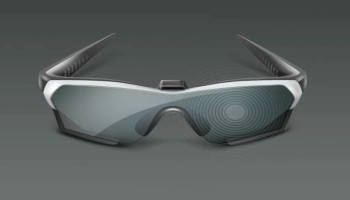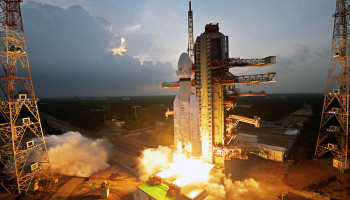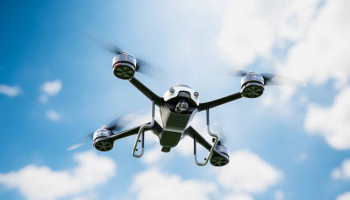
Japan's Smart Lander for Investigating Moon (SLIM) has reestablished connection with the space agency AJAX after undergoing power and connection disruptions.
While announcing the connection restoration, AJAX said it has also received images taken by the lander's camera.
In the final landing phase, the unmanned robotic lander went off course and tumbled over. At that time, officials from Japan's space agency, JAXA, suggested that there was a possibility of SLIM reactivating once sunlight reached its solar panels.
Read more: Japan becomes fifth nation to achieve a soft lunar landing
“Communication with SLIM was successfully established last night, and operations resumed!” JAXA said in a post on social media. “Science observations were immediately started with the MBC [multi-band camera].”
A message on the agency's website displayed an image with labels for nearby rocks, including one named "toy poodle" due to its resemblance to the animal, Digital Trends reported.
SLIM's successful reactivation represents a significant achievement for JAXA, although the implications for the mission's future are not yet clear. Plans are in motion to conduct high-resolution spectroscopic observations once SLIM regains power from its solar array as solar illumination improves, according to JAXA.
Other accomplishments of the mission include the deployment of two small rovers named Lunar Excursion Vehicle 1 (LEV-1) and Sora-Q.
While the primary goal of the mission was to showcase new technology for precise landings, despite its unplanned descent, data indicated that SLIM's landing accuracy could be within 32.8 feet (10 meters), possibly even 9.8 feet (3 meters), surpassing the technology used in earlier lunar missions targeting landing zones spanning several miles.
This technology could enable future lunar missions to land in rougher terrains, potentially reaching areas with water ice deposits. NASA aims to convert this resource into rocket fuel for launches from the lunar surface to destinations like Mars and beyond.
















